On June 29th, 2015, Ebola re-emerged in Liberia. Since then, international news of the outbreak has largely disappeared, but for those on the ground, the hard work of recovery is an ongoing challenge.
Despite new infections, Liberia is working toward rebuilding the health system and restoring confidence among communities to return to life as normal--all while keeping infection prevention practices in mind.
The Ebola epidemic taught Liberia lessons about more than just infection response and prevention--it determined new national priorities across all sectors. These priorities are centered around building Liberia a better future, instead of just restoring the capacity that existed before the outbreak. For health, goals focus on creating stronger systems of care and epidemic prevention based on global standards.
Rebuilding Liberia's health system will require:
1. Confident, Well-Trained Health Workers
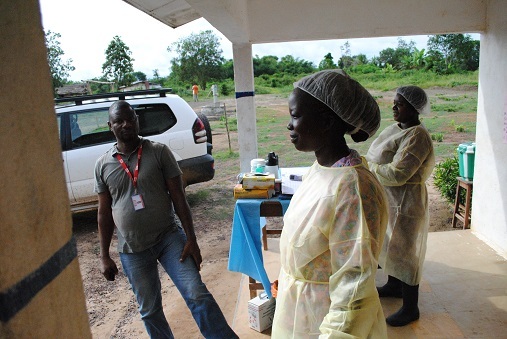
Photo by: Molly Meyer, Project: Infection Prevention and Control (IPC) Activity, JSI Liberia
Well-trained and informed health workers are building awareness of critical health issues like Ebola within communities and increasing the strength of the national health system, one facility at a time.
2. Engaged Communities
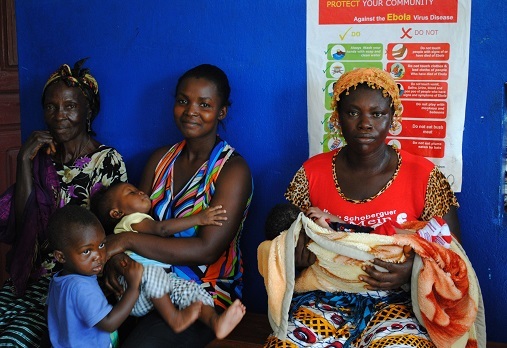
Photo by: Molly Meyer, Project: Infection Prevention and Control (IPC) Activity, JSI Liberia
When members of the community understand the right ways to minimize health risks and they share this information with their neighbors, entire communities become healthier.
3. A Consistent Supply Chain

Photo by: Molly Meyer, Project: USAID | DELIVER PROJECT, JSI Liberia
A consistent stock of essential commodities--including infection prevention supplies, long-lasting insecticide-treated bed nets, and antimalarial drugs--will make people more confident in relying on their community clinic and enable health workers to be more effective in treating and preventing infectious disease.
4. Accurate Data for Decision Making
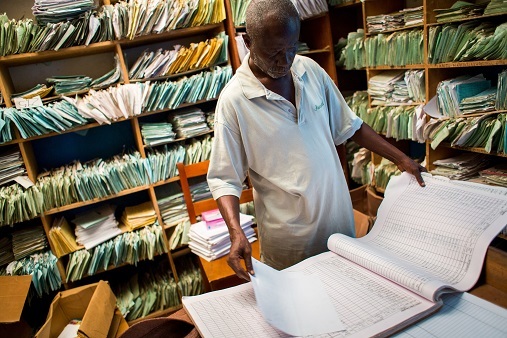
Photo by: Robin Hammond, Project: Rebuilding Basic Health Services (RBHS), JSI Liberia
Strong health information systems make monitoring patients and clinics easier so that resources can go where they're needed most and staff can make more accurate decisions when treating patients.
5. Innovative Problem Solving
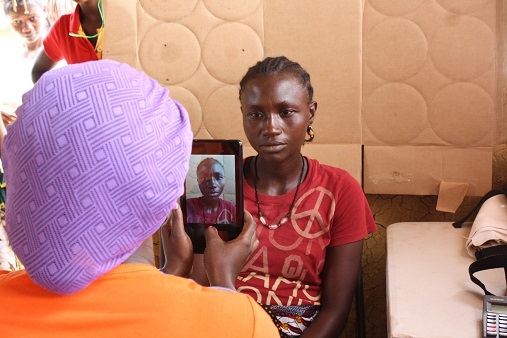
Photo by: Leona Rosenblum, Project: Liberian Agricultural Upgrading, Nutrition and Child Health (LAUNCH) Project, JSI Liberia
New technologies--like the tablet seen here--are making health information easier to access and health records more consistent so that patients can receive the care and resources they need.
6. Essential Health Services
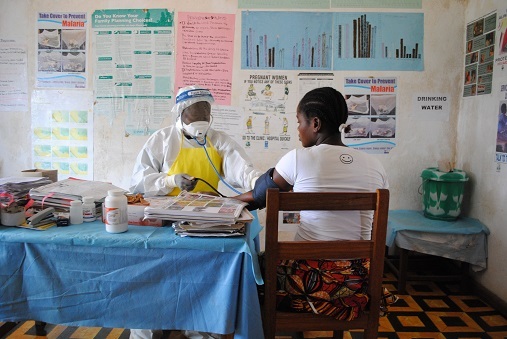
Photo by: Molly Meyer, Project: Infection Prevention and Control (IPC) Activity, JSI Liberia
Even during an Ebola outbreak, a strong health system must be able to serve people who come for routine services--routine services, including immunizations, prenatal care, and broken bones.
